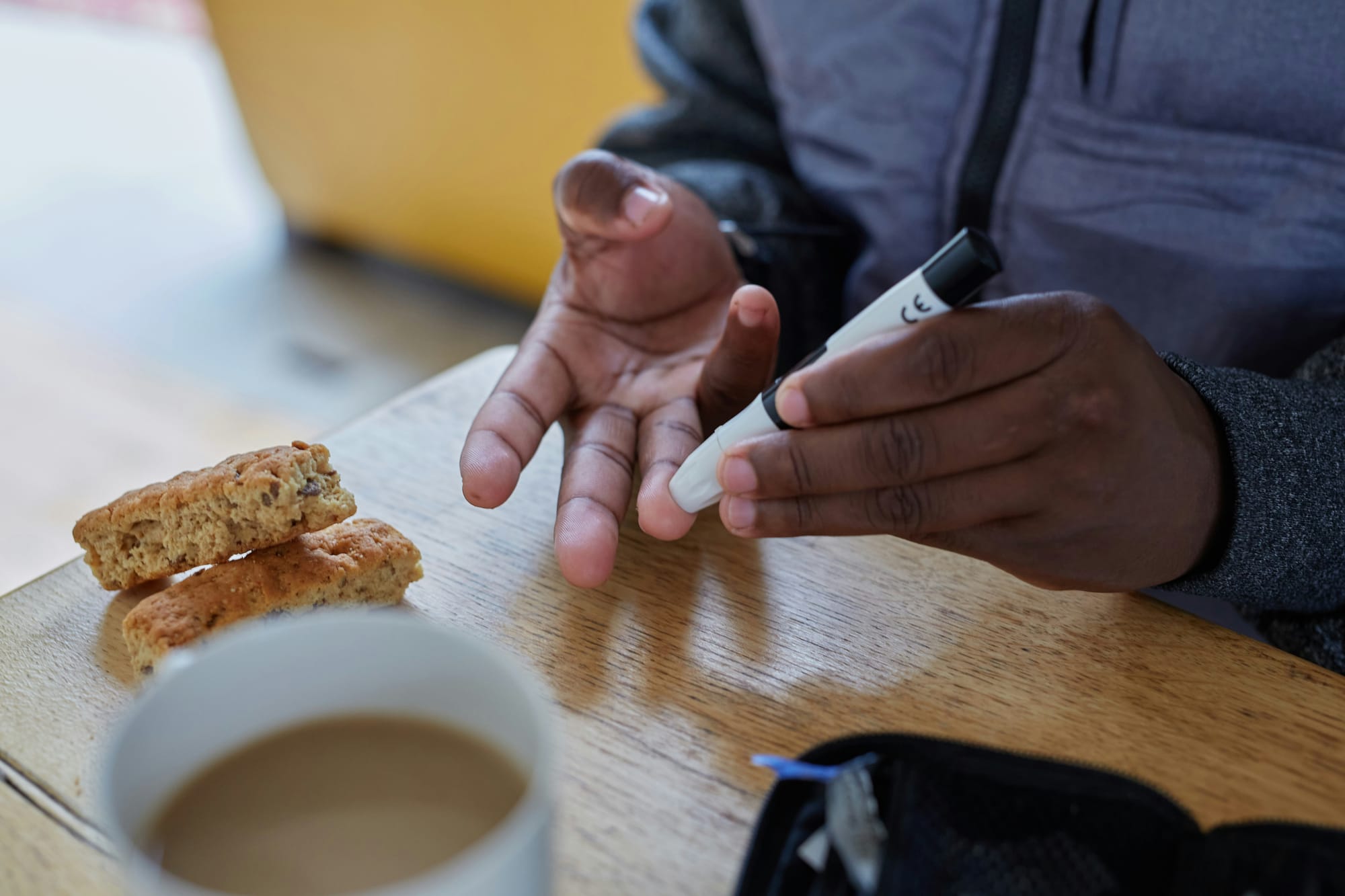Pre-Diabetes: Can You Reverse It Before It’s Too Late?
Pre-diabetes is a warning sign—but it can often be reversed. Studies show losing 5–7% body weight, eating balanced meals, and exercising 150 minutes weekly can cut diabetes risk by over 50%. Early lifestyle changes protect long-term health.

Introduction
Pre-diabetes is a condition where blood sugar levels are higher than normal but not yet high enough to be diagnosed as Type 2 diabetes. It is a warning sign that the body is struggling to regulate blood sugar effectively.
More and more people are being diagnosed with pre-diabetes. This condition affects millions of individuals worldwide, and without intervention, it can lead to Type 2 diabetes.
The good news is that pre-diabetes can often be reversed. Making simple lifestyle changes can prevent the condition from progressing into full-blown diabetes. Early action is key to protecting long-term health.
Evidence Supporting Reversibility
Lifestyle Modifications
- Weight Loss: Research shows that losing just 5-7% of body weight can greatly reduce the risk of developing Type 2 diabetes (Yale Medicine).
- Dietary Changes: Eating a balanced diet rich in fiber, whole grains, lean proteins, and healthy fats while reducing refined sugars and processed foods can help manage blood sugar levels.
- Physical Activity: Engaging in at least 150 minutes of moderate exercise per week, such as walking or swimming, can improve insulin function and lower blood sugar levels.
Clinical Studies
Scientific studies confirm that lifestyle changes can reverse pre-diabetes:
- The Diabetes Prevention Program (DPP) found that lifestyle interventions reduced the risk of progressing to diabetes by 58% (Yale Medicine).
- A systematic review concluded that diet and exercise provide the strongest evidence for reversing pre-diabetes.
Johns Hopkins Medicine also supports this idea:
"If you’ve been diagnosed with prediabetes, progressing to diabetes is not a given," says Seymour.
"Adopting a well-balanced diet, staying active, and controlling your weight can put you in control, enabling you to arrest or even reverse the process." (Johns Hopkins Medicine).
The Role of Weight Loss
Losing weight, especially around the abdomen, improves insulin sensitivity. This means the body can use insulin more effectively to regulate blood sugar levels, reducing the risk of diabetes.
Conclusion
Reversing pre-diabetes is possible with a combination of healthy eating, regular exercise, avoiding excessive alcohol, and quitting smoking. Taking action early can help regain control of health and prevent Type 2 diabetes.
